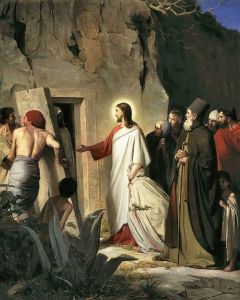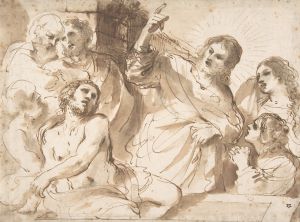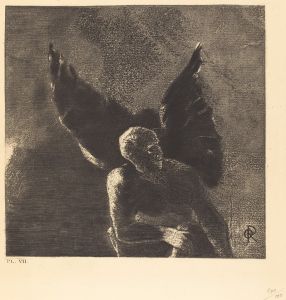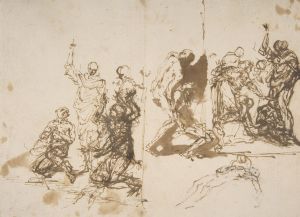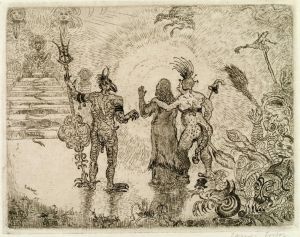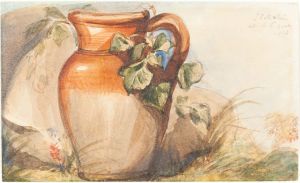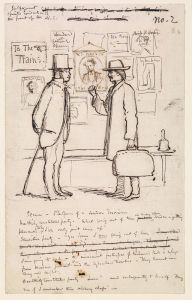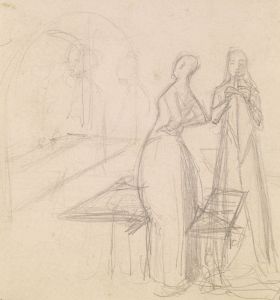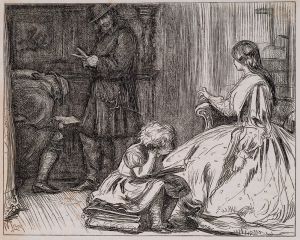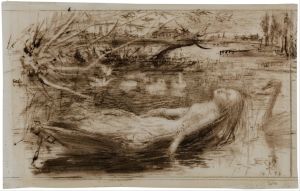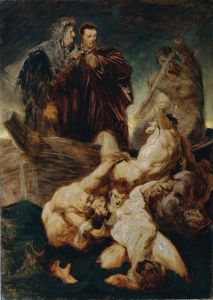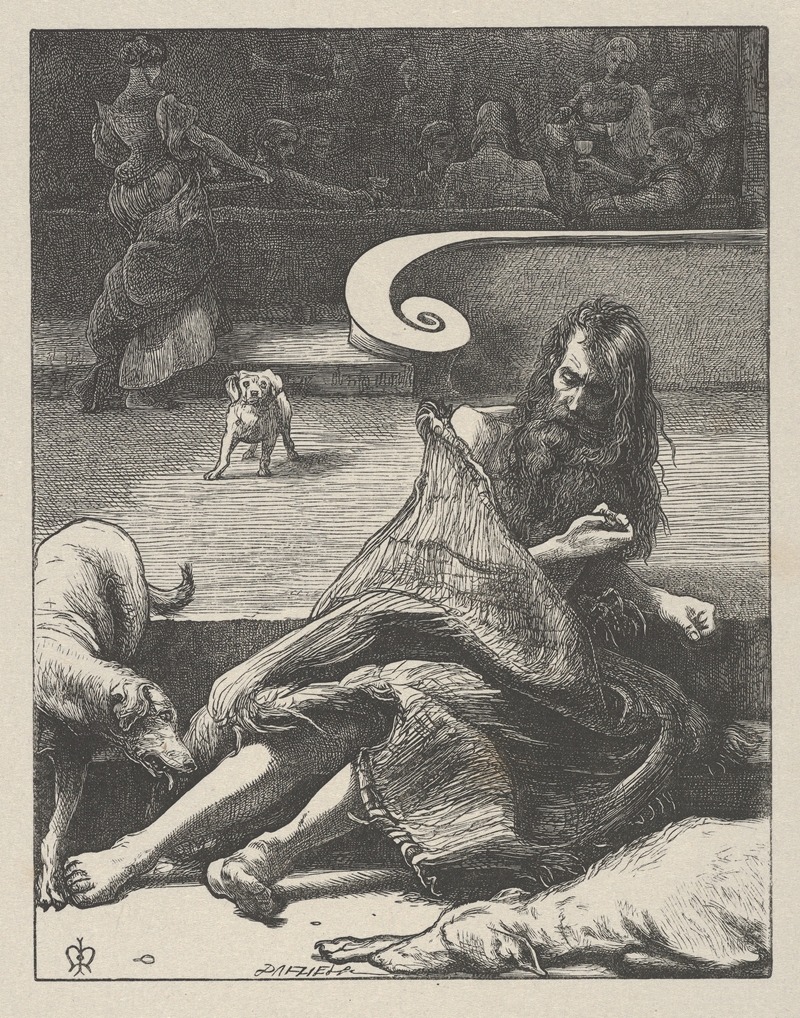
The Rich Man and Lazarus
A hand-painted replica of Sir John Everett Millais’s masterpiece The Rich Man and Lazarus, meticulously crafted by professional artists to capture the true essence of the original. Each piece is created with museum-quality canvas and rare mineral pigments, carefully painted by experienced artists with delicate brushstrokes and rich, layered colors to perfectly recreate the texture of the original artwork. Unlike machine-printed reproductions, this hand-painted version brings the painting to life, infused with the artist’s emotions and skill in every stroke. Whether for personal collection or home decoration, it instantly elevates the artistic atmosphere of any space.
"The Rich Man and Lazarus" is a painting by Sir John Everett Millais, a prominent English painter and one of the founding members of the Pre-Raphaelite Brotherhood. The painting, created in 1864, is based on the biblical parable of the Rich Man and Lazarus from the Gospel of Luke in the New Testament (Luke 16:19-31). This parable tells the story of a rich man who lives in luxury while a poor man named Lazarus suffers in poverty at his gate. After their deaths, Lazarus is taken to heaven, while the rich man is condemned to hell, highlighting themes of divine justice and the reversal of fortunes in the afterlife.
Millais was known for his meticulous attention to detail and his ability to convey deep emotion through his works. "The Rich Man and Lazarus" is no exception, as it captures the stark contrast between the lives of the two main characters. The painting is characterized by its vivid colors, intricate details, and the dramatic use of light and shadow, which are hallmarks of Millais' style.
In the painting, Millais depicts the rich man dressed in opulent clothing, surrounded by the luxuries of his wealth, while Lazarus is shown in rags, suffering and neglected. The rich man's indifference to Lazarus' plight is evident, emphasizing the moral lesson of the parable. The background of the painting includes architectural elements and a landscape that add depth and context to the scene.
Millais' interpretation of the parable is both a social commentary and a religious message, reflecting the Victorian era's concerns with social inequality and moral responsibility. The painting was well-received by contemporary audiences and critics, who praised Millais' technical skill and the emotional power of the work.
"The Rich Man and Lazarus" is part of the collection at the Manchester Art Gallery in Manchester, England. The gallery acquired the painting in 1886, and it has since been an important part of their collection, contributing to the understanding of Millais' oeuvre and the broader context of 19th-century British art.
Sir John Everett Millais (1829-1896) was a highly influential figure in the art world, and his works continue to be studied and admired for their beauty, technical mastery, and the depth of their subject matter. "The Rich Man and Lazarus" remains a significant example of his ability to combine narrative and visual artistry to convey powerful messages.






